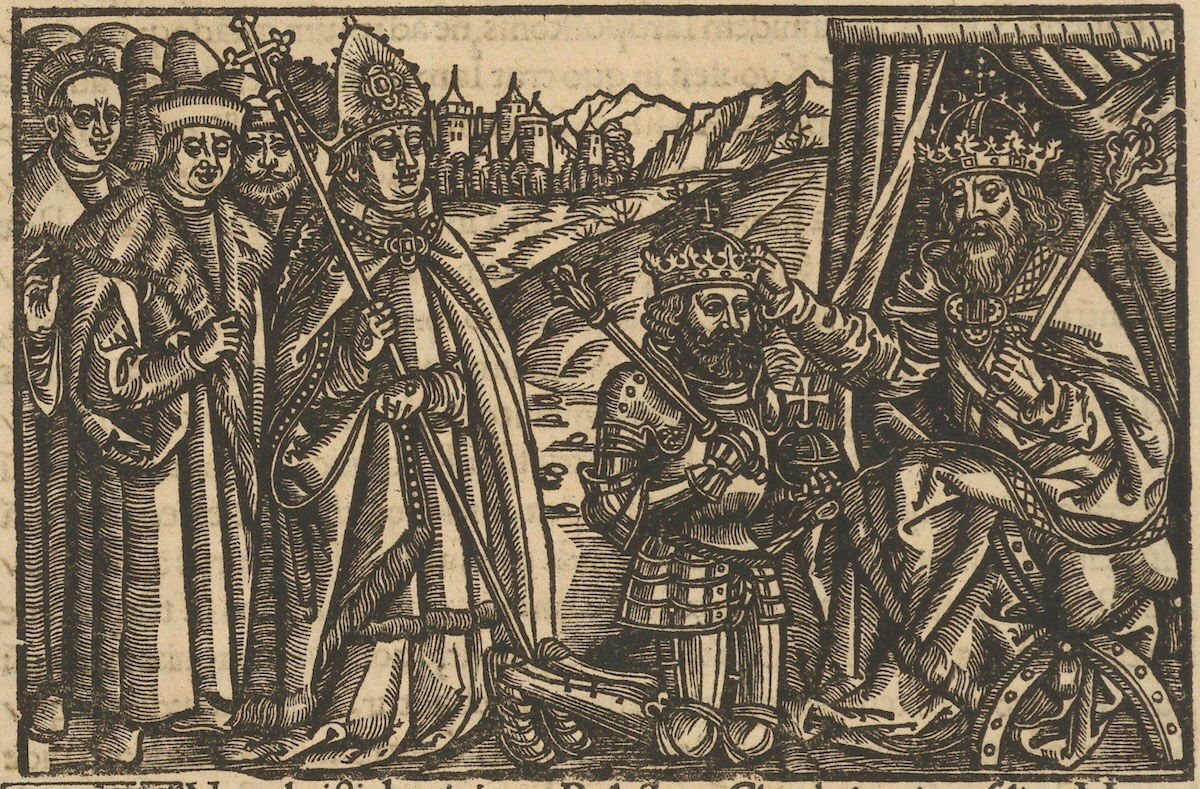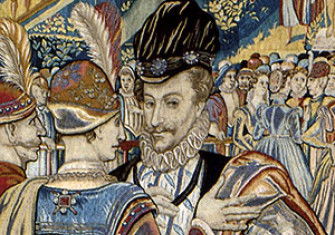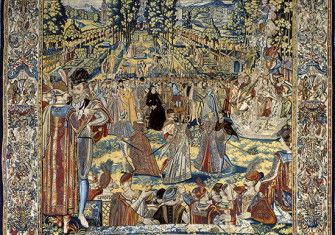Coronation of Bolesław the Brave
Bolesław Chrobry was finally crowned king of Poland on 18 April 1025. It was an elevation two decades in the making.

When Bolesław Chrobry, ‘the Brave’, succeeded to the Duchy of Poland in 992 he inherited a state both newly minted and newly Christianised by his father, Mieszko I. But it wasn’t yet a kingdom.
At the Congress of Gniezno in March 1000 the Holy Roman Emperor Otto III acknowledged Bolesław’s sovereignty and placed a diadem on his head. A coronation, however, needed papal blessing.
Bolesław’s first legation to Rome was sent within months. It was unsuccessful. He tried again in 1003 and 1004. But Otto had died in January 1002, and his successor, Henry II, had very different ideas. He attacked Poland repeatedly, to the extent of allying with the pagan Luticians, a policy which horrified some. ‘What kind of agreement’, thundered Saint Bruno of Querfurt, ‘can there be between Christ and Belial?’
Peace came in January 1018 with a treaty at Bautzen concluded in Bolesław’s favour. It was not ‘what was desirable’, one German chronicler wrote, ‘but only what could be done’. Henry still opposed Bolesław’s coronation. But when he died in July 1024, Bolesław saw his chance.
The new pope gave his blessing and Bolesław was crowned on 18 April 1025. It was Easter Sunday. The achievement must have exhausted him. By the end of June he was dead.






